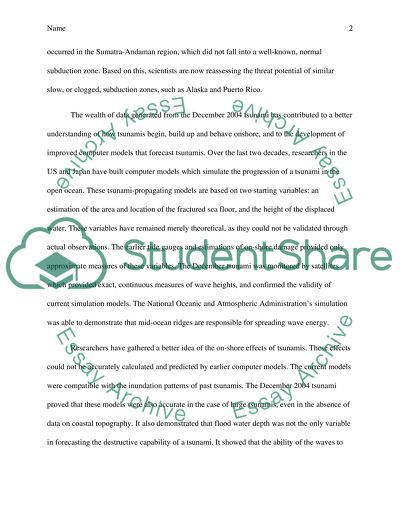Cite this document
(“Article summary of Robert M. Hazen: Lifes Rocky Start Essay”, n.d.)
Retrieved from https://studentshare.org/literature/1401893-article-summary-of-robert-m-hazen-lifes-rocky-start
Retrieved from https://studentshare.org/literature/1401893-article-summary-of-robert-m-hazen-lifes-rocky-start
(Article Summary of Robert M. Hazen: Lifes Rocky Start Essay)
https://studentshare.org/literature/1401893-article-summary-of-robert-m-hazen-lifes-rocky-start.
https://studentshare.org/literature/1401893-article-summary-of-robert-m-hazen-lifes-rocky-start.
“Article Summary of Robert M. Hazen: Lifes Rocky Start Essay”, n.d. https://studentshare.org/literature/1401893-article-summary-of-robert-m-hazen-lifes-rocky-start.


